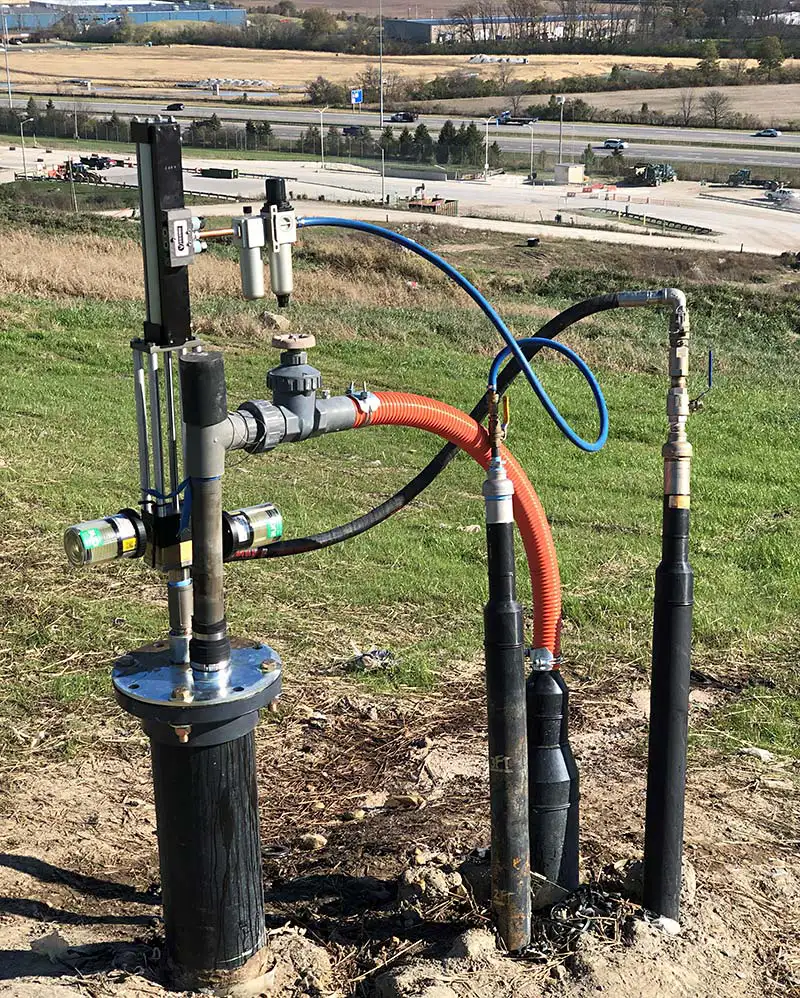The ETLF Issue
For the past several years, a growing number of landfill managers have confronted temperatures ranging from 150°F to 250°F or more (65°C to 121°C) from deep inside larger, wetter, maturing sites — not from subsurface fires but from biological or chemical exothermic reactions within zones of the landfill itself.
High concentrations of varied, recombinant leachate compositions in these Elevated Temperature Landfills (ETLFs) can lead to higher costs for treatment or even the refusal of local wastewater treatment plants to accept the leachate, according to a three-part series by Waste 360 in conjunction with ELEF.
Elevated temperatures also may result in slope instability due to reduced waste strength or increased liquid- or gas-pore pressures; surprise sinkholes, and rapid settlement – all safety and infrastructure issues.
In addition, odor and the possibility of offsite gas migration and leachate release have resulted in public demands for tighter operations and oversight and, occasionally, litigation. Research into the causes and spread of ETLFs is ongoing.
